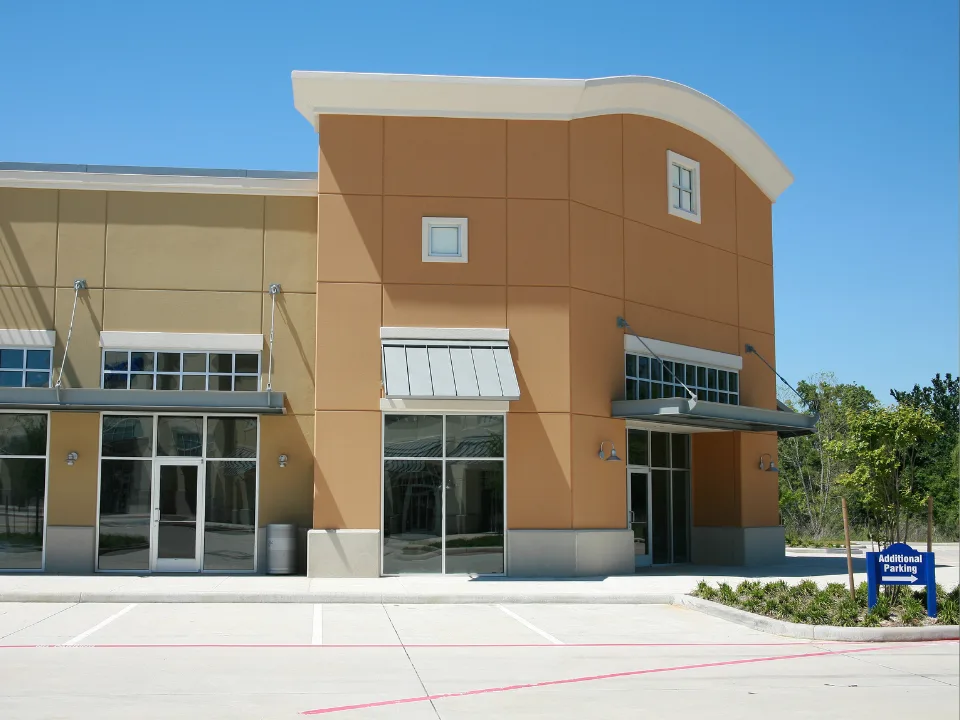- A new Deloitte Financial Services report predicts a major pivot toward alternative commercial real estate (CRE) sectors, driven by demographic changes and the search for higher returns.
- Alternatives such as data centers, single-family rentals, self-storage, and student housing are attracting increasing investment, growing at a 10% CAGR since 2000.
- Deloitte anticipates alternative assets could make up nearly 70% of industry portfolios by 2034, but stresses that specialized expertise and volatility risks remain key challenges.
Looking Beyond the “Core Four”
Multifamily, office, industrial, and retail properties have long been the mainstays of CRE portfolios, offering stability and reliable returns, per Connect CRE.
However, according to Deloitte’s newly released report, Next-Generation Leaders May Accelerate Real Estate Investment in Alternative Properties, investors are now eyeing alternatives more aggressively.
Economic changes, a desire for higher yields, and a changing leadership demographic within CRE firms are all pushing this trend forward.
Digging Into the Trend
Tim Coy, Real Estate Research Manager at Deloitte Center for Financial Services, told Connect CRE that following the 2008 financial crisis, investors began seeking higher yields outside of traditional sectors. Alternatives provided a new frontier—and that interest is only intensifying today.
Coy also emphasized that specialized knowledge requirements in sectors like telecom and life sciences have created new opportunities for joint ventures, allowing less experienced investors to partner with expert operators.
Additionally, the retirement of long-time industry leaders is ushering in a new generation of decision-makers, more open to unconventional strategies.
Get Smarter about what matters in CRE
Stay ahead of trends in commercial real estate with CRE Daily – the free newsletter delivering everything you need to start your day in just 5-minutes
By the Numbers
Deloitte’s research highlighted impressive growth in alternatives:
- Alternative property sectors grew from $67B in 2000 to more than $600B in 2024, at a 10% compound annual growth rate.
- REITs increased their allocations to alternatives from 26% in 2000 to over 50% in 2024.
- Alternatives outperformed core CRE assets over the last decade, delivering 11.6% annualized returns compared to 6.2% for traditional assets.
- By 2034, Deloitte projects alternative assets could represent nearly 70% of CRE portfolio values, up from 40% today.
Risks and Reality Checks
While alternative assets offer diversification and the potential for outsized returns, Coy cautioned that they are not without risks. These assets are often more volatile and operationally complex, requiring specialized market knowledge that traditional CRE investors may not have.
Moreover, strong historic returns don’t guarantee future performance. Coy advises maintaining a healthy balance between core and alternative assets to help mitigate volatility.
What’s Next
As CRE leadership transitions and investors continue hunting for yield, expect alternatives like senior housing, self-storage, and student housing to play an even bigger role in real estate portfolios. However, a disciplined approach that balances risk and expertise will be critical to long-term success.














